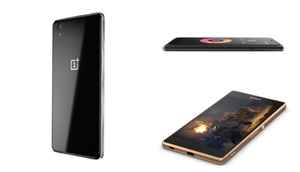
The fact that a new smartphone launches every day today has made the competetion that much more difficult. It is also the reason why there's very little separating each phone from the next one. All that though has led companies to market and hype their devices massively, raising consumer expectations before a phone launches. Ever heard of biting off more than you can chew? That's exactly what can happen!

Sony Xperia Z3+
By not launching the Xperia Z4/Z3+ at MWC this year, Sony raised a lot of eyebrows about its future. What followed was the Xperia Z3+, with a heater of a Snapdragon 810 SoC inside. Needless to say, it met no expectations.
Sony Xperia Z5 Premium
Let's face it, we were all looking forward to the Xperia Z5 Premium's 4K display, even if we weren't particularly optimistic about it. What followed is a 1080p display that can show 4K sometimes and makes no sense at this size.
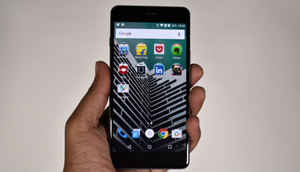
OnePlus X
Few companies can drive up the kind of hype that OnePlus can. So, when CEO Carl Pei announced a second phone for 2015, people were excited. What followed was a redesigned OnePlus One, which looks really good, but didn't quite meet everyone's expectations, thanks to just 16GB of internal storage and an old Snapdragon 801 SoC.

Obi Worldphone SF1
Obi has a lot of big names involved, but perhaps the world isn't ready for its smartphone. It's a phone that is different for the sake of being different, but that doesn't make it anything special. We expected more.

Lava Pixel V1
Whatever happened to Android One? With the first generation phones doing next to nothing in the market, this second generation Android One device was expected to be something big. Sadly, it wasn't, and has disappeared, just like its predecessors.
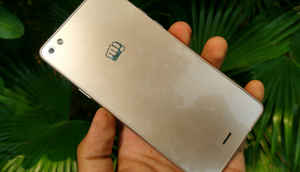
Micromax Canvas Sliver 5
Micromax revisited its arrangement with Hugh Jackman to market this phone. Easily the best looking device the company has ever built, the Sliver 5 was massively overprice at Rs. 17,999, thereby drowning our expectations from it.
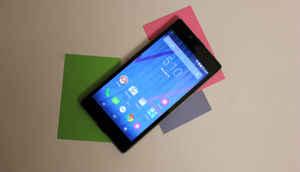
Yu Yuphoria
Micromax's Yu brand has taken the competetion to the market, making a habit out of hyping each phone it launches, for weeks before the launch. The Yuphoria was the first sub-7k smartphone to sport metal on it, but that was more or less all. The phone has an average display and couldn't surpass the Xiaomi Redmi 2 in our tests.
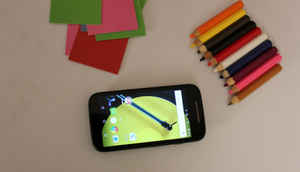
Moto E (2nd Gen)
With the original Moto E, Motorola had set a precedent for the budget market. Sadly though, it couldn't keep up with what it started. While the Moto E (2nd Gen) makes sense for brand conscious buyers, it makes no plausible argument against the likes of the Xiaomi Redmi 2, Lenovo A6000 Plus or even the Yu Yuphoria for that matter.
Motorola further baffled us by launching a 3G variant first, while everyone was pushing 4G devices. By the time the 4G variant of the Moto E came into India, it was simply too late.
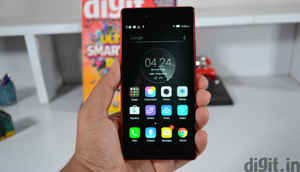
Lenovo Vibe Shot
The curious case of the phone that was a one hit wonder. Lenovo took its own sweet time to bring this phone to India, and when it did, we found it to have nothing other than the great camera. Sure, it's a camera focused smartphone, but phones today need to do much more than that. Especially when they cost above 20k.

Xolo Black
How many sub-brands can a company have before realising it won't work? Lava may have done well in tier II and tier III cities, but its new Xolo Black brand hasn't. The Xolo Black was quite hyped, with a dual-camera setup and attractive photographs. It turned out to be nothing much, with the dual-camera being good only for refocusing images and the performance not amounting to much.